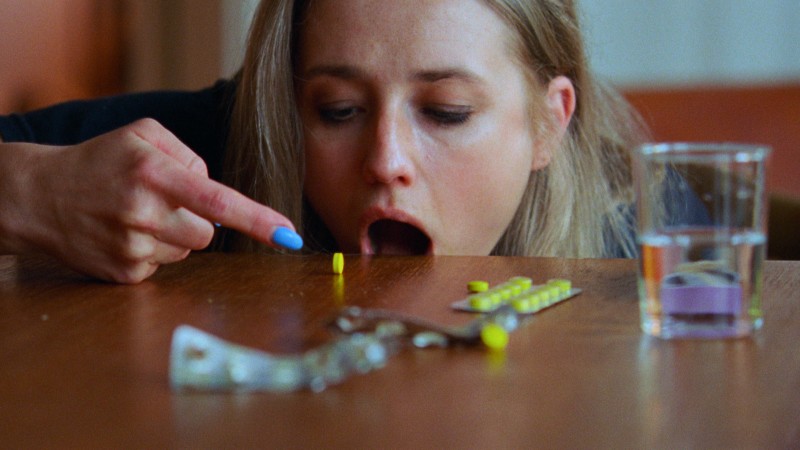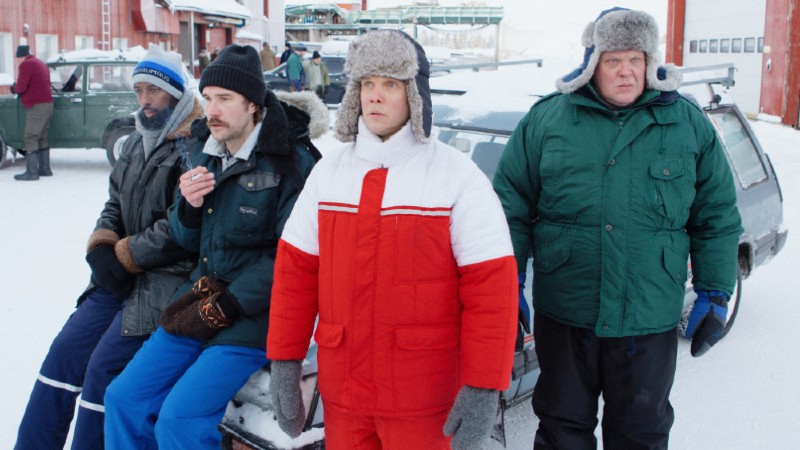QUICK SNAP: LIVE FROM CANNES!
The Natural History of Destruction asks a simple question: is bombing civilian populations justified in the name of war? It seems to be the only question in the film, asked again and again and again, as Sergei Loznitsa shows us endless images of the mechanics, banality and brutality of war: leaving endless, merciless destruction in its wake in search of a bigger cause. Ostensibly about the allied bombing of Germany — which is estimated to have killed between 350,000 to 635,000 people while crippling the country’s armaments production — the film’s timely premiere resonates in the current moment, with Russia’s campaign of terror demolishing cities in Ukraine as this review is being written.
Created exclusively with archive footage courtesy of both British and German collections, Loznitsa’s latest is a WW2 film that feels contemporaneous, mixing black-and-white observational footage with painstaking re-recordings to show us the total dehumanisation of war.
We start with sketches of everyday German life, people out and about in town, heading to biergartens and cafes, singing songs and going to work. Evening arrives, the picture zooms out and these scenes are reduced to momentary lights in the ground, strikingly light up by the advent of cluster-bombs.
I didn’t just see Rostock, Lübeck, Cologne and Berlin while watching this film. I saw Mariupol, Kharkiv and Zaporizhzhia. Further back, it evokes NATO campaigns in Baghdad and Belgrade, or Putin’s levelling of Grozny, all committed in the name of the “greater good”. No matter who is waging war and who is on the so-called right side of history, the final effects are the same: dead people, flattened buildings, the complete vanquishing of hope and humanity.
Occasionally the silent-film-like images are punctuated by speeches. One British army official asks the German population to simply leave the cities and camp out in the countryside, a simplistic solution that betrays the reality of living in a country during the war. He goes on to say that although a campaign of bombing on this scale has never been tried before, it will make an “interesting experiment.”
And while war historians might agree that the bombing itself was justified in that it ground German production to its knees, allowing Soviet Union and American forces to sweep in and take Berlin, absolutists can claim the moral high ground: no victory could possibly be worth this much death and destruction. But Loznitsa avoids any editorial process — no talking heads, no narration, no moral grandstanding — and allows us to come to our own conclusions; starting debates instead of finishing them.
It’s this complexity, as well as seeking the humanity in a people that overwhelmingly supported the Nazis, that make him a complex figure. Only recently was he kicked out of the Ukrainian film academy for his ties to Russia and for speaking out against a widespread boycott, while at the same time, many of his fiction films have also been accused of Russophobia. In my view, this controversy is probably the sign of an independent filmmaker.
One thing you can say about Loznitsa is that he’s both a deep thinker and a prolific filmmaker (this is his third documentary in two years). Nonetheless, clocking in at just under 110 minutes long, his images are exhaustive and enervating, at once deeply terrifying and rather monotonous. His documentaries, like Victory Day, which stretched to over an hour despite only having enough material to justify a 20-minute short, has the habit of just making the same point over and over again. While the intention is to conclusively batter home the horrors of aerial warfare, the length and duration of certain images, which repeat themselves without revealing any new layers, struck me as unnecessary. The deeply-felt moral question the film raises is a highly important one, making it even more disappointing the finished product makes this such an alienating picture to sit through.
The Natural History of Destruction plays in the Official Selection as a Special Screening at Cannes. No UK release date yet.










